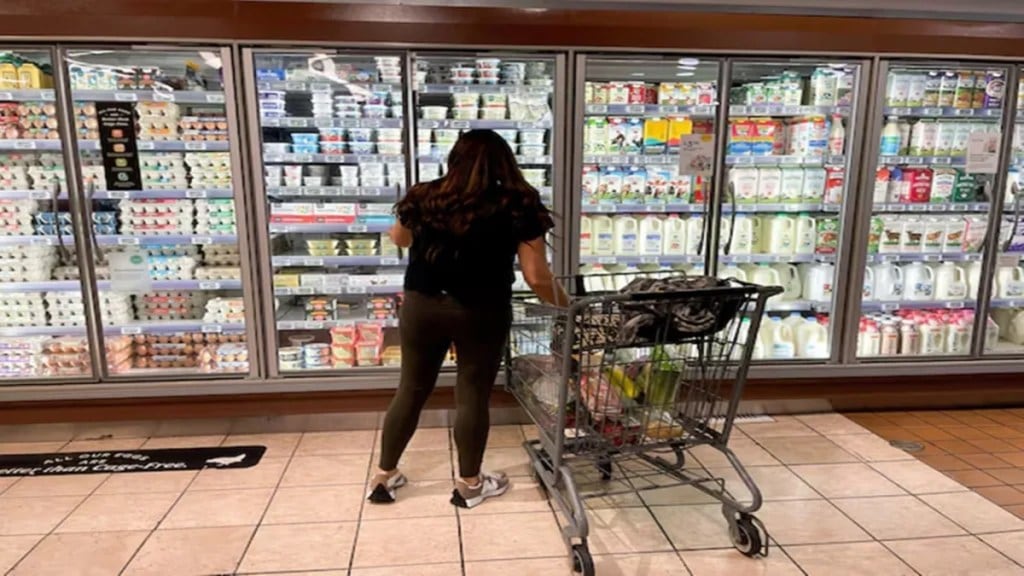Green shoots are emerging in urban consumption after months of a slowdown. The June quarter numbers and commentary of some of the country’s top fast-moving consumer goods (FMCG) companies suggest that urban demand is finally coming out of the recent slump. This has been driven by favourable macro-economic fundamentals, lower food inflation, and monetary and fiscal policy measures, FMCG CEOs said, with the trend expected to stay over the full financial year.
Urban recovery lifts optimism
“Overall, the FMCG market has improved. There has been a gradual recovery for urban growth in the last three months (April to June 2025). This is even as rural growth has sustained. While it (rural) is ahead of urban in terms of recovery, there is no denying an uptick in FMCG demand in urban areas,” Rohit Jawa, former CEO & MD of Hindustan Unilever (HUL), said.
Jawa stepped down from his position on July 31, the day when HUL declared its Q1 results, reporting a 4% volume growth, double the number it had reported in FY24 and FY25. While margins took a 120-130 basis points hit during the quarter, this was due to an increase in brand spends, a strategy HUL said it will continue through FY26, as it seeks to invest for growth, notably, to improve volume growth as commodity costs are likely to be benign during the year.
Companies bet on festive push
Rival ITC said that its Q1 FMCG performance was “resilient” amid a challenging operating environment. While Nestle India said that it saw a significant rise in demand which led to growth in urban markets in Q1. The company reported a 6% year-on-year increase in revenue, but saw a 13.4% decline in Q1 profit, amid elevated commodity prices and higher operating expenses.
ITC too saw revenue from its non-cigarette FMCG segment grow 5.5% y-o-y during the June quarter, amid a pick-up in sentiment. Excluding notebooks, which is operating under deflationary conditions, the non-cigarette FMCG business saw even better growth at 8.2% y-o-y in terms of top line, ITC said.
“Rural demand showed resilience, while early signs of recovery in urban consumption demand were visible during the quarter,” ITC said. The company derives 41% of its top line from cigarettes and 25% of its turnover from FMCG products, according to sector analysts.
Mohit Malhotra, CEO, Dabur India, said he continues to see a sequential improvement in urban markets, though it lags rural growth for now. Last week, research agency Numerator (formerly Kantar) noted that FMCG growth slowed to levels of 3.9% for the 12 months ended June 30, 2025, due to early rains which impacted beverage and summer product sales. Last year, FMCG growth was 5.7%, driven by beverages, personal care products and home care. This year, food & beverages and home care products logged a growth rate of 3.9% each, while personal care reported a growth of 4.4% for the 12-month period ended June 2025, Numerator said, as companies remained aggressive in the marketplace, cutting prices, pushing buy one get one free (BOGO) offers and dialling up promotional spends to fight competition.
From a quarterly perspective, Numerator noted that FMCG growth was even slower at 3.6% in the April-June period versus 4.8% growth seen in the year-ago quarter. This was led by a decline in growth in soft drinks and talcum powder, both summer-led products, due to early rains.
Malhotra admitted that unseasonal rains during peak summer months impacted the performance of Dabur’s beverages and glucose segments in Q1. “However, our diversified product mix and agile supply chain helped cushion the impact,” he said.
As such companies are gearing up for the second half of the year, which is expected to see a sharp uptick in consumption on account of the fiscal and monetary policy boost as well as favourable macro factors, experts said. Typically, consumers prioritise purchases during the festive period as they soak in the sentiment.
